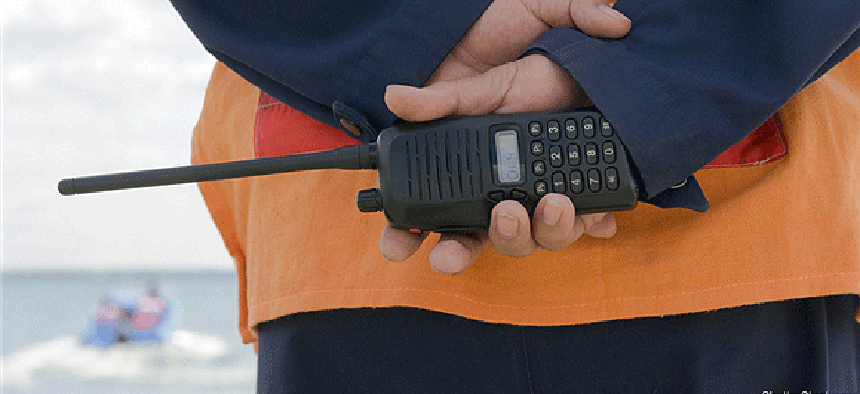Project 25: The long and winding road to radio interoperability


Connecting state and local government leaders
After more than 20 years of standards development, users of Project 25 radios are not assured of interoperable communications.
Although a lot attention is being focused on the creation of a national broadband network to carry voice, video and data, land mobile radios remain the backbone of public safety communications.
The problem with radios is that they were often proprietary, preventing first responders from communication across agency or jurisdictional lines. And although Project 25 was established in 1989 to solve the problem, interoperability is still not assured.
P25 is a suite of standards that specify eight open interfaces between the components of a digital land mobile radio system.
In theory, equipment from different vendors manufactured to these specifications would be able to work with each other, giving law enforcement agencies and other first responders the ability to communicate across agency and jurisdictional lines. In practice, however, interoperability requires strict testing for conformance. Despite its adoption by many agencies over the last decade, P25 has not assured interoperability.
Project 25 is a cooperative effort between the Association of Public-Safety Communications Officials-International (APCO), the National Association of State Telecommunications Directors, the National Telecommunications and Information Administration, the National Communications System, the National Security Agency and the Defense Department. Actual standards development work is done by industry under the aegis of APCO, and standards are published as the Telecommunications Industry Association’s TIA-102 series of documents for Land Mobile Radio.
According to APCO, more than 30 standards have been set for six basic interfaces, including Common Air Interfaces (CAI), which project director Craig Jorgensen called the heart and soul of the project. It provides interoperability by addressing channel bandwidth, bit rate and access, as well as modulation methods.
But for much of the 13 years that products have been sold as P25-compliant there have been no tests available for interoperability.
This spurred creation in 2008 of the P25 Compliance Assessment Program within the Homeland Security Department. The program approves manufacturer laboratories for voluntary compliance testing of their own products. Eight labs have been recognized to do compliance testing for the Phase 1 Common Air Interfaces.
Because the standards leave room for interpretation and implementation is not the same by all manufacturers, broad interoperability across agency and vendor lines still is not a given.
NEXT STORY: 5 games in play at agencies




